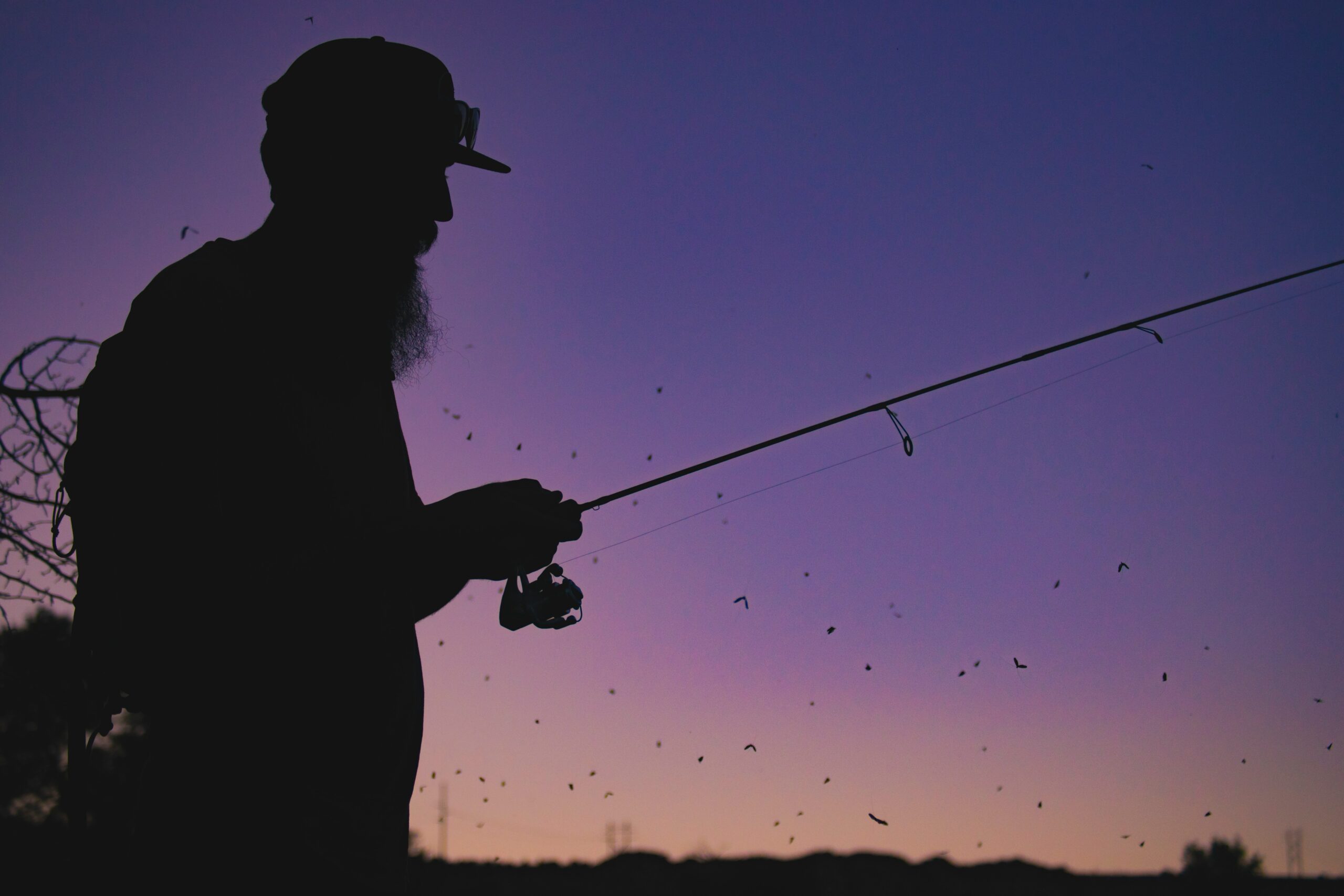
Fishing takes many shapes, but two of the most talked-about styles are fly fishing and traditional fishing. To the untrained eye, they might seem similar—rods, reels, lines, and the same end goal of landing a fish. But in practice, they offer entirely different experiences. Whether you’re considering which method to try or just curious about why anglers debate them, understanding the differences helps you appreciate both.
Where They Come From
Fly fishing’s history reaches back centuries in Europe, where anglers began mimicking insects with hand-tied flies to fool trout and salmon in clear rivers. Traditional fishing, however, has roots in nearly every culture worldwide. From bamboo poles in Asia to nets and handlines across coastal communities, it evolved as a practical way to put food on the table. That history is still present today: fly fishing is often seen as a craft, while traditional fishing remains the most universal approach.
The Tools in Your Hands
One quick glance at the gear and you’ll notice the split. Fly rods are longer and more flexible, designed to work with a weighted line that carries a feather-light fly to the water’s surface. The reels are simple, often just a place to hold line rather than fight fish. Traditional fishing rods, by contrast, come in all shapes and sizes, paired with spinning or baitcasting reels. The lures or bait provide the weight to cast, which means they’re generally more rugged and ready for heavier fish.
The Way You Cast
If fishing were a dance, fly casting would be ballet—smooth, practiced, and graceful. The back-and-forth rhythm is designed to let the line unroll in the air and place the fly gently on the water. Traditional casting is more like a quick throw: you use the weight of the lure to hurl the line where you want it. This makes it easier to pick up quickly, while fly casting requires patience and practice to master.
Where You’ll Spend Time
Fly anglers often seek out moving water: mountain streams, winding rivers, or even small creeks where fish rise to feed. The method shines when you’re trying to match the insects hatching on the water’s surface. Traditional fishing thrives in its versatility. You can use it anywhere—from a farm pond to a massive lake, from the edge of a dock to miles offshore. Whether you want a quiet afternoon with a bobber or the adrenaline of deep-sea action, traditional fishing delivers.
The Species That Bite
Fly fishing is commonly associated with trout and salmon, but many anglers also target bass, panfish, and even saltwater species with flies. The technique is best for fish that respond to surface insects or small prey. Traditional fishing, on the other hand, opens nearly every door. From catfish on a muddy river bottom to tuna in the ocean, the range of species is enormous. If variety is your goal, a spinning rod will keep you busy year-round.
The Feel of the Day
Part of the decision comes down to what kind of experience you want. Fly fishing often feels meditative—you’re part of the environment, studying bugs, water flow, and fish behavior. Traditional fishing allows for both quiet moments and bursts of excitement. You can sip coffee on the bank waiting for a bite, or race through a bass tournament with non-stop action. Fly fishing pulls you into detail; traditional fishing gives you freedom of pace.
What It Takes to Learn
Fly fishing has a reputation for being challenging at first, and that’s true. Between learning knots, tying flies, and mastering the cast, beginners face a steeper curve. But many anglers see that challenge as part of its reward. Traditional fishing is more accessible. A simple rod, a few hooks, and a container of worms can get you started the same day. Families and kids often begin this way, and many anglers stick with it for life.
Choosing Your Path
If you’re wondering which one is for you, think about your goals. Do you want to slow down, focus, and enjoy the artistry of casting in a mountain stream? Fly fishing might be the better fit. Do you prefer flexibility, variety, and a method that works anywhere and anytime? Traditional fishing will probably feel more natural. The truth is, you don’t need to choose just one. Many anglers happily switch between both depending on the season, the water, or simply their mood.
Casting the Final Word
At its heart, fishing is less about the gear or the method and more about connection—connection to nature, to patience, and to the people you share it with. Fly fishing and traditional fishing each bring their own beauty to the water. One may be an art form, the other a universal pastime, but both can deliver that same spark of excitement when a fish takes the line.